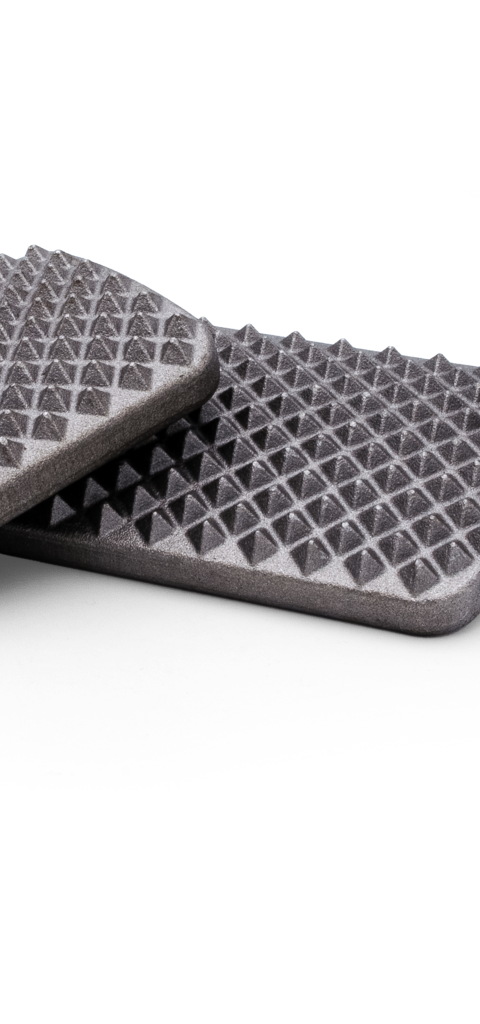Forgings
A variety of design options with a favorable fiber and microstructure: We also realize complicated shapes.

The high-quality forgings from RUBIG are produced reliably in a cost-effective series production, starting with forging-compatible design and transition of the design drawing or sketch. They are optimized in form and function, economical and flexible. The range of processed materials ranges from simple structural steel to case-hardening and tempering steels to stainless steels.
The production facilities of RUBIG Die Forge are designed for the efficient production and further processing of forged parts from 10 grams to 3 kg per piece. Thanks to constantly evolving production methods, the permissible standard tolerances can be significantly undercut. Thus, rework is reduced or eliminated altogether.
Forged parts assembly-ready

From Austria - customised forgings that fit your requirements exactly. Talk to our experts and realise your idea!
Head of Sales

It is no coincidence that they are used, for example, in racing engines, where connecting rods and rocker arms forged by RUBIG withstand extreme loads, or on automobile cranes, where a safety linchpin from RUBIG fixes the cable pulley at the top of the boom.

RUBIG manufactures series from a few hundred parts to over 100,000 pieces and can thus supply both small and medium-sized enterprises as well as internationally active corporations.

You too can rely on more than 70 years of experience of RUBIG Die Forge! We are looking forward to your inquiry.

The forged parts can be further mechanically machined, turned, welded, pre-assembled, heat treated or surface finished. Thus the parts can reach the customer ready for installation. Multifunctional turning-drilling-milling centers are used for the production of complex components.
By interpolating up to five axes, every geometric contour can be processed efficiently with maximum precision. The design and manufacture of the required clamping devices are carried out in-house.